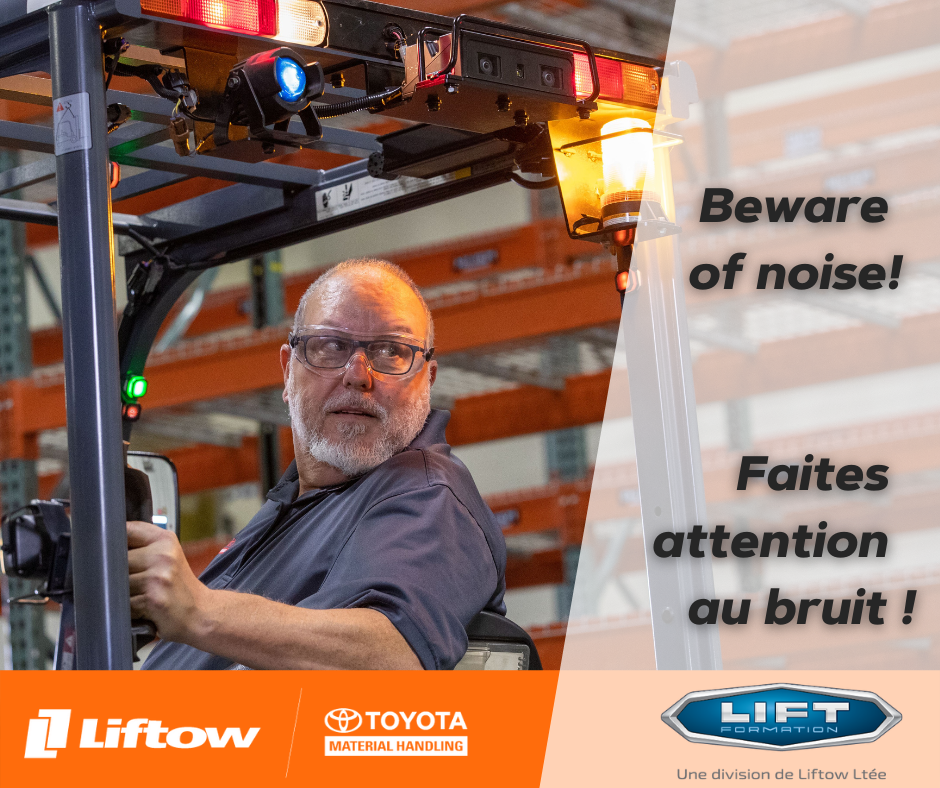
Ergonomics: Avoiding Noise Pollution
When most managers contemplate ergonomic changes to the workplace to improve employee safety and health, they think first about physical and musculoskeletal hazards. Reaching, twisting, crouching, lifting and engaging in movements that generate impact can all cause harm and increase the risk of injury during an extended shift, and of course, making changes to workplace layout and equipment controls can reduce these risks. But the broad umbrella of ergonomics can also include hazards that don’t fall into this category; for example, some minor workplace improvements can reduce threats to employee vision and hearing. Take these considerations into account as you look for ways to improve hearing protection.
Two types of hearing damage
There are two common forms of hearing damage and loss that can take place on the job; the first involves sudden percussive injury or trauma, as from a sudden loud noise that ruptures the tympanic membrane. The second results from continuous or extended exposure to loud noise that gradually (and often permanently) reduces hearing sensitivity. Both types should be a concern for employers and operations managers, but the second form can be more insidious and less recognizable without a noise audit.
Auditing noise pollution.
At least once a year (more often if possible), conduct a noise audit and measure ambient noise levels throughout your workplace. Measure in every room or area where employees spend time, including off-site workspaces (like residential construction sites) and both interior and exterior spaces that are employer owned or controlled. Use decibel-measuring equipment and test at every hour during an average shift, not just once during the day. Some workplaces experience more ambient sound at different points during a shift.
Approach the problem from every angle.
Don’t eliminate any options when it’s time to solve a noise pollution problem. For example, providing employees with protective ear guards or noise cancelling headphones can reduce the risk in some situations. But other effective solutions can be found by muffling the source of the noise and adapting noise-generation machinery to reduce output. If neither of these work, consider other mechanical
interventions, such as sound-absorbing partition placed between employees and the noise source. For example, the sound of traffic on a nearby highway might be reduced with the use of a strategic barrier.
Commit to solutions and test the results.
Don’t abandon solutions after implementation. If you decide to provide ear guards, enforce their use. If you install a noise reduction barrier, continue to test ambient noise at regular intervals to make sure the barrier stays effective. Monitor unexpected impact as well; if ear guards work to reduce decibel exposure, but create other problems by compromising sensory awareness, take another approach.
For more on how to keep employees safe and productive in your noisy workplace, turn to the management and materials handling experts at Liftow.


Leave a comment